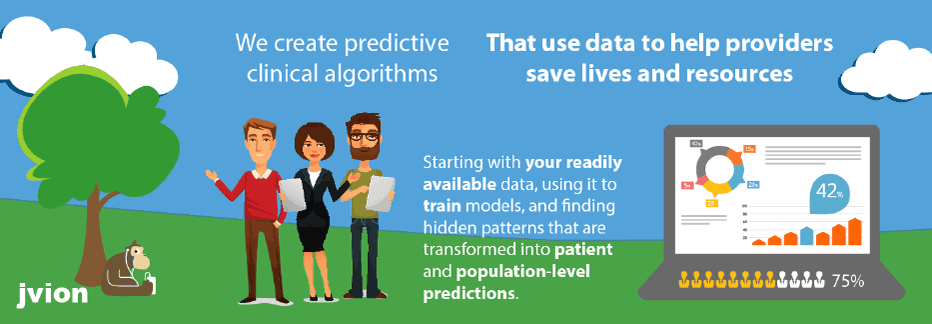Pressure Ulcer Definition
A pressure ulcer is a kind of
skin wound created by friction, shear or pressure. They could occur when
pressure reduces or cuts the blood supply to a specific part of the body for a
long period of time. Prevention is definitely an ideal form of protection from
pressure ulcers.
Pressure Ulcer Prevention In Hospitals
The pressure ulcer prevention can
be nursing intensive. After the development of pressure ulcer,the goal for the
healthcare staff is to help the healthcare unit in closing the ulcer as early
as possible. It includes preventing further ulcer deterioration, keep the area
clean and minimize possible infections from developing while keeping the patient
pain free. Several aspects of managing pressure ulcers are parallel to
prevention (nutrition, support surfaces and mechanical loading). Some major
guidelines include recommendations on policies such as utilization of pressure redistributing
support surfaces, repositioning, nutritional support, wound care and
biophysical agents.
Predictive Analytics To
The Rescue
Another way to prevent pressure ulcers is by ensuring they
don’t occur in the first place. Jvion’s RevEgis, built on advanced artificial
intelligence using the Clinical Patient Pod technology delivers predictions
using the data for patients that a provider already has on hand. The solution
looks at a patient data and predicts any possibility of pressure ulcers before
any clinical signs are present. This helps a provider target preventions that
are low cost, non-invasive, and easy to apply where they are needed the most.
As a result, providers are able to reduce readmissions, length-of-stay, save
resources and most of all, reduce patient suffering caused by pressure ulcers.
